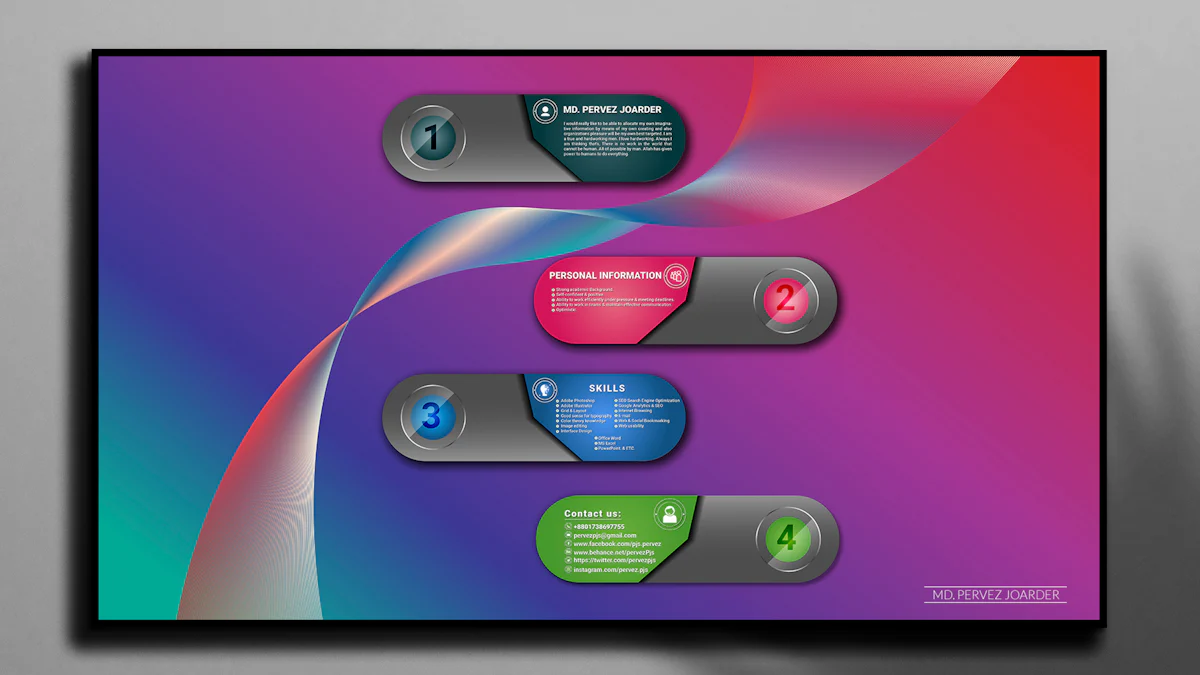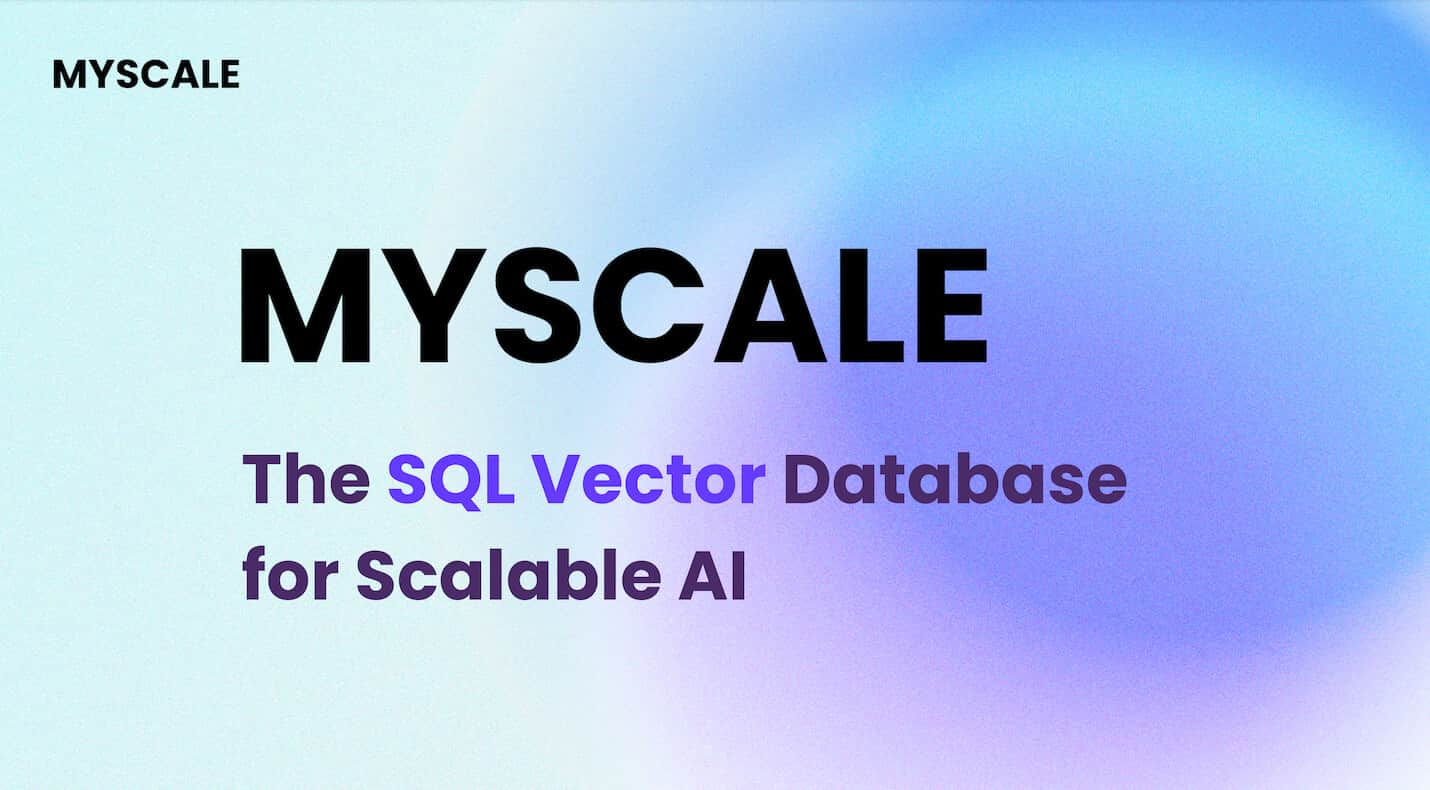# Discovering the Magic of Text Extraction
In today's digital age, the ability to find text within images is a game-changer for students and researchers alike. But why does extracting text from images matter so much? Firstly, it makes crucial information more accessible. Imagine being able to quickly convert handwritten notes or printed documents into editable text with just a few clicks. This accessibility can significantly enhance learning and research, saving time and effort.
My journey with text extraction began with the challenge of deciphering my own messy handwritten notes. The struggle to transcribe them accurately led me to explore tools that could help. That's when I had a revelation in my study techniques – the power of technology to simplify and streamline the process of extracting valuable information from images.
Through advancements like the ChatExtract method, which automates accurate data extraction with minimal effort, it's evident that image text extraction is evolving rapidly. Tools like this showcase precision and recall rates close to 90% (opens new window), rivaling even advanced conversational LLMs such as GPT-4 (opens new window).
# Navigating the World of Online Tools to Find Text in Images
In the realm of text extraction from images, understanding the basics of Online OCR Technology (opens new window) is fundamental. Optical Character Recognition (OCR) (opens new window) technology serves as the backbone for extracting text from images. It functions by analyzing the shapes and patterns of characters within an image, converting them into editable and searchable text. When considering how OCR works, it's akin to a digital translator that decodes visual information into readable content effortlessly.
When delving into online tools for text extraction, selecting the right tool tailored to your needs is crucial. Each tool offers unique features and functionalities that cater to different user preferences. For instance, Google Drive (opens new window) stands out as a hidden gem for OCR capabilities. By simply uploading an image or document to Google Drive and opening it with Google Docs, you can witness the magic of OCR unfold before your eyes.
Another beloved tool in this landscape is OneNote (opens new window), known for its simplicity and efficiency in extracting text from images. With OneNote's Optical Character Recognition (OCR) support, copying text from pictures or printed materials becomes a seamless process. This feature empowers users to seamlessly integrate extracted text into their notes or projects with ease.
Exploring Google Lens (opens new window) unveils a world of possibilities for mobile scanning and OCR applications. By leveraging Google Lens within apps (opens new window) like Google Photos, users can digitize text from various languages effortlessly. The integration of features like text-to-speech (opens new window) further enhances the utility of tools like Google Lens in everyday scenarios.
In navigating through these online tools dedicated to finding text in images, users are presented with a diverse array of options that cater to different preferences and requirements.
# Practical Tips for Efficient Text Extraction
In the realm of text extraction from images, ensuring optimal results hinges on a few key factors that can elevate your experience. Let's delve into practical tips to enhance your efficiency in extracting valuable text from images.
# Getting the Best Results from Your Image
When aiming for seamless text extraction, image quality (opens new window) plays a pivotal role in determining the accuracy and precision of the extracted text. High-resolution images with clear and well-defined text yield superior results compared to blurry or pixelated images. Prioritize using images that are sharp and well-lit to improve the overall extraction process.
To further optimize your text extraction endeavors, it's essential to prepare your images strategically. This involves cropping unnecessary elements surrounding the text, adjusting brightness and contrast levels if needed, and ensuring that the text is aligned correctly within the image frame. By fine-tuning these aspects before extraction, you set the stage for a smoother and more accurate conversion of visual content into editable text.
# Beyond Extraction: Using Extracted Text
Once you've successfully extracted text from your images, the journey doesn't end there. It's crucial to focus on organizing your notes effectively to leverage this extracted information efficiently. Consider categorizing your extracted text based on subjects, dates, or relevance to streamline access when needed.
Moreover, integrating this extracted text into your projects and assignments can amplify your productivity and creativity. Whether incorporating quotes into an essay or utilizing extracted data for research purposes, integrating visual content seamlessly into your written work adds depth and credibility to your projects.
By implementing these practical tips for efficient text extraction, you pave the way for a more streamlined workflow and enhanced utilization of textual information embedded within images.
# Wrapping Up
# My Journey with Text Extraction
Embarking on the path of text extraction has been a transformative experience, unveiling the immense potential technology holds in simplifying our daily tasks. Throughout this journey, I've learned invaluable lessons that have reshaped my approach to information retrieval. One key takeaway is the power of automation in reducing manual labor (opens new window) and saving costs. As evidenced by the testimonial shared, automated text extraction enables companies to process vast amounts of data swiftly, leading to significant efficiency gains.
In addition to the practical benefits, my exploration of text extraction tools has instilled in me a sense of encouragement for fellow students. The accessibility and convenience offered by these tools can revolutionize how we interact with information, empowering us to delve deeper into our studies and research endeavors.
# Final Thoughts and Resources
As we conclude this guide on mastering text extraction from images, it's essential to consider where to go from here. Continuously learning and exploring new tools and techniques in the realm of text extraction is key to staying ahead in an ever-evolving digital landscape. By embracing innovation and seeking out resources that enhance our skills, we pave the way for continued growth and success in leveraging text extraction for academic and professional pursuits.
Let's embark on this journey of discovery together, harnessing the power of online tools to unlock the hidden treasures within images and propel our learning experiences to new heights.




